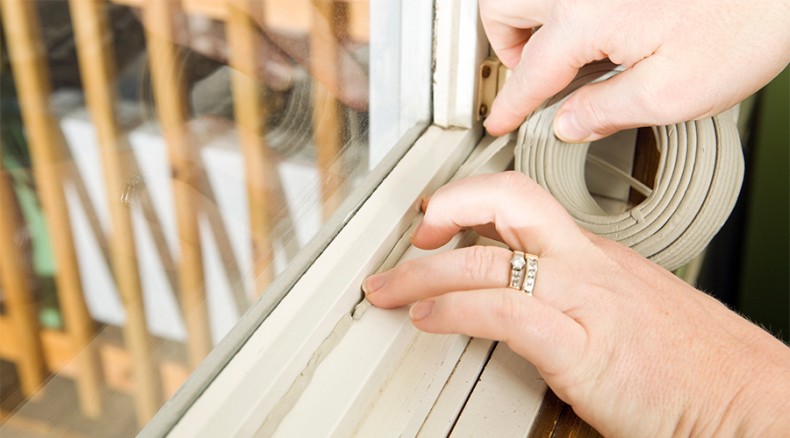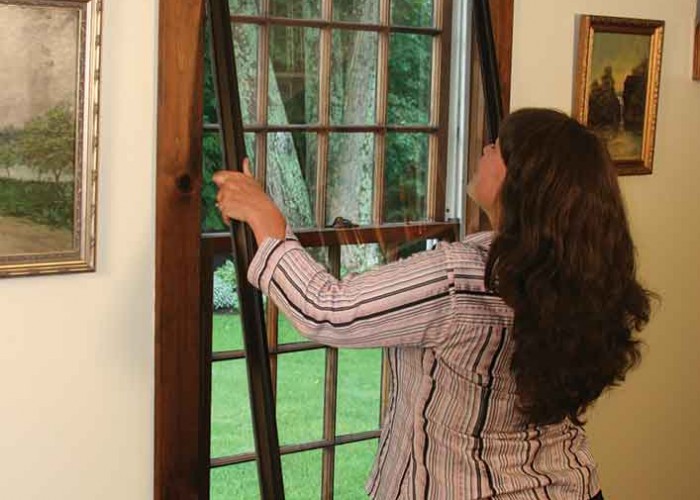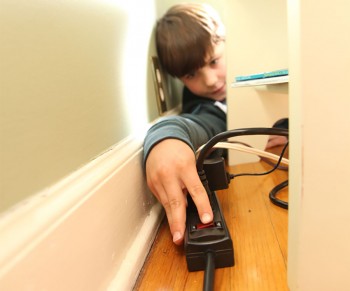Draft dodgers
Weatherstripping keeps your home cozy
By Amber BentleyAs it becomes colder, drafts around windows and doors let in cool air. It’s a good idea to check your house to make sure heat isn’t escaping. If it is, the best solution is to weatherstrip your home. This is typically an easy fix that will help you cut your power bills.
Sometimes drafts are obvious; sometimes not. Here are two quick ways to find out if heat is escaping: For doors, look for daylight between the door and its frame. If you see even a hint of light in between, you need to weatherstrip that area. For windows, place a piece of paper between the sash and the seal. Then close the window. If you can remove the paper without ripping it, you need to weatherstrip that area as well.
There are several inexpensive materials available to you. Do this before you begin weatherstripping: be sure the surface is dry and clean, measure the area more than once for best accuracy, and apply so that strips compress both sides of the window or door.
What will I need to weather strip doors and windows?
There are a variety of materials available to weather strip your home. Here are a few options to help you choose:
Felt
Reinforced with a flexible metal strip. Should be stapled, glued or tacked into place.
Cost: Low
Advantages: Easy to install and inexpensive.
Disadvantages: Low durability. Do not use where exposed to a great deal of moisture. All-wool felt is more durable but very visible.
Rolled or Reinforced Vinyl
Pliable or rigid strip gasket (attached to wood or metal strips).
Cost: Low to moderate.
Advantages: Easy installation, various colors to help with visibility and some types of rigid strip gaskets provide slot holes for height adjustment.
Disadvantages: Can be difficult to install and very visible.
Reinforced Foam
Closed-cell foam attached to wood or metal strips.
Cost: Moderately low
Advantages: Effective sealer, rigid, proven to work well.
Disadvantages: Very visible.
Source: Department of Energy
*For more weather stripping options, visit http://energy.gov/energysaver/articles/weatherstripping
About the Author
Amber Bentley writes on energy efficiency issues for the National Rural Electric Cooperative Association.-
Insulation Tips
-
Share this story:






